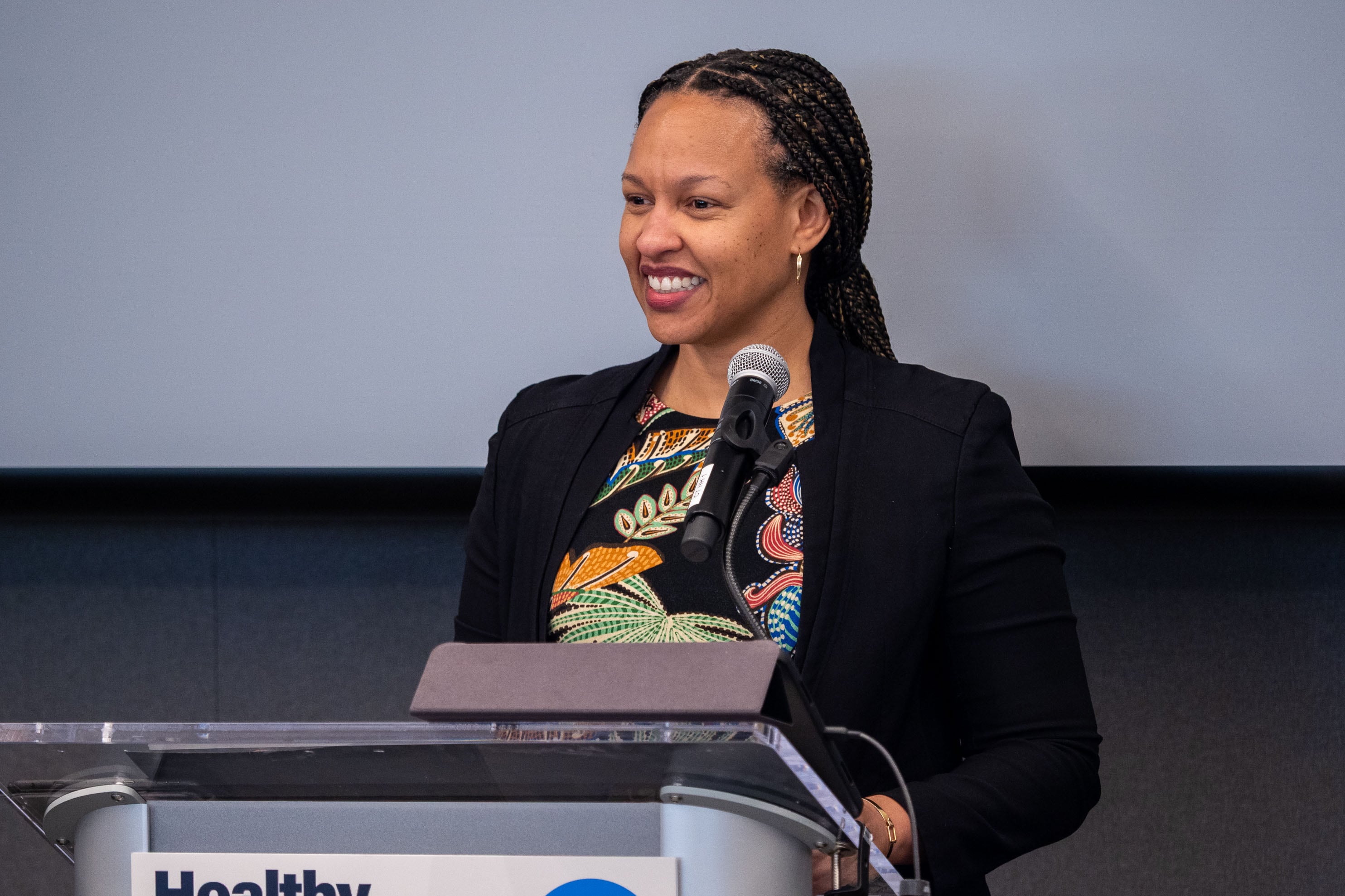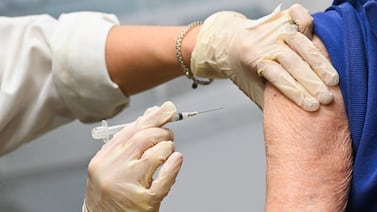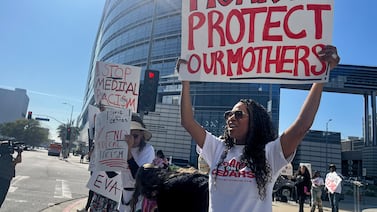Public health, explained: Sign up to receive Healthbeat’s free New York City newsletter here.
In New York City, top health leaders expressed alarm about the prospect of deeper funding cuts to the U.S. Department of Health and Human Services, but also voiced their continued commitment to health equity work during a health conference on Thursday.
On top of mass layoffs and research grant terminations, the federal government is pursuing even steeper cuts to health spending. A preliminary budget plan reported by The Washington Post on Wednesday would cut about $40 billion from the U.S. Department of Health and Human Services — a third of its discretionary budget.
“I’m extremely concerned about what those cuts, if they’re implemented, could lead to in terms of health, not only for New York City but for our state and the world,” Dr. Michelle Morse, acting health commissioner of the New York City Department of Health and Mental Hygiene, said during remarks at City & State’s Healthy New York Summit in Manhattan.
The city Health Department already faces more than $100 million in federal funding cuts, while New York state agencies focused on health, mental health, and addiction expect to collectively lose more than $360 million.
The Trump administration has also moved aggressively to eliminate federal programs or research related to diversity, equity, and inclusion. For both the city and state health departments, reducing health disparities is a cornerstone of departmental work.
Recent months have been among the most challenging for public health in recent history, Morse said, with “unprecedented” funding cuts to public health, an “extremely intense period of immigration enforcement,” and backlash to DEI efforts, all of which “have a direct impact on the health of our communities.”

Under the proposed HHS budget plan, the National Institutes of Health budget would be reduced by about $20 billion, a roughly 40% cut, eliminating some of its research institutes and centers and consolidating others, according to the Post. The proposal would cut the Centers of Disease Control and Prevention budget by about $4 billion, a cut of about 44%.
Cuts of that scale to the NIH and the CDC would have significant implications for health programs that support vulnerable people, Karen Ignagni, the executive chair of EmblemHealth, a nonprofit health insurer, warned during the health summit.
“It’s a sobering time,” she said.
Despite the storm of potential funding cuts, city and state health leaders emphasized their ongoing commitment to advancing health equity.
Dr. James McDonald, the state health commissioner, said he remained focused on the department’s mission to “protect and promote the health and well-being for all, built on the foundation of health equity.”
“I don’t know when the word ‘health equity’ became such a challenge, but right now, this is a challenging word for a lot of our country,” he said.
Morse also affirmed her dedication to public health work that centers health equity, particularly through HealthyNYC, the Health Department’s campaign to increase the life expectancy of New Yorkers to 83 years by 2030, spurred by a drop to 78 years during the height of the Covid pandemic.

In her remarks, she highlighted her agency’s work to reduce overdose deaths — a leading driver of mortality in the city, particularly for Black and Hispanic communities — by making naloxone and fentanyl test strips more widely available and strengthening harm reduction programs.
She also emphasized the city’s significant decrease in Covid-related deaths since 2020, noting that the Health Department was on track to surpass its goal of a 60% reduction in Covid deaths by 2030. In particular, she added, disparities in Covid deaths between racial groups had significantly narrowed.
“We can make meaningful and rapid change when we have the political will to take a cross-sector approach, invest in public health,” she said. “And we can advance racial equity.”
Eliza Fawcett is a reporter covering public health in New York City for Healthbeat. Contact Eliza at efawcett@healthbeat.org.






